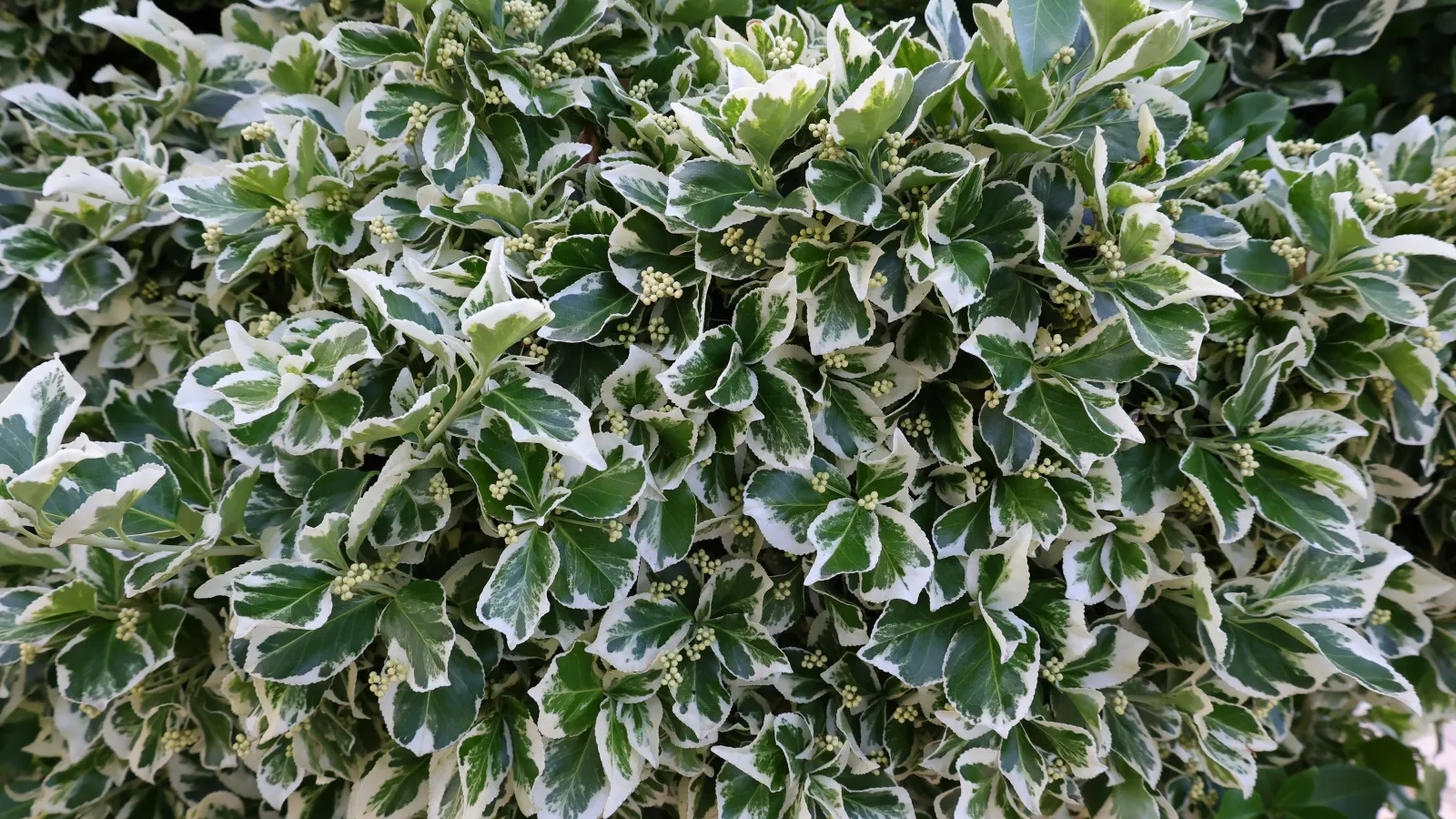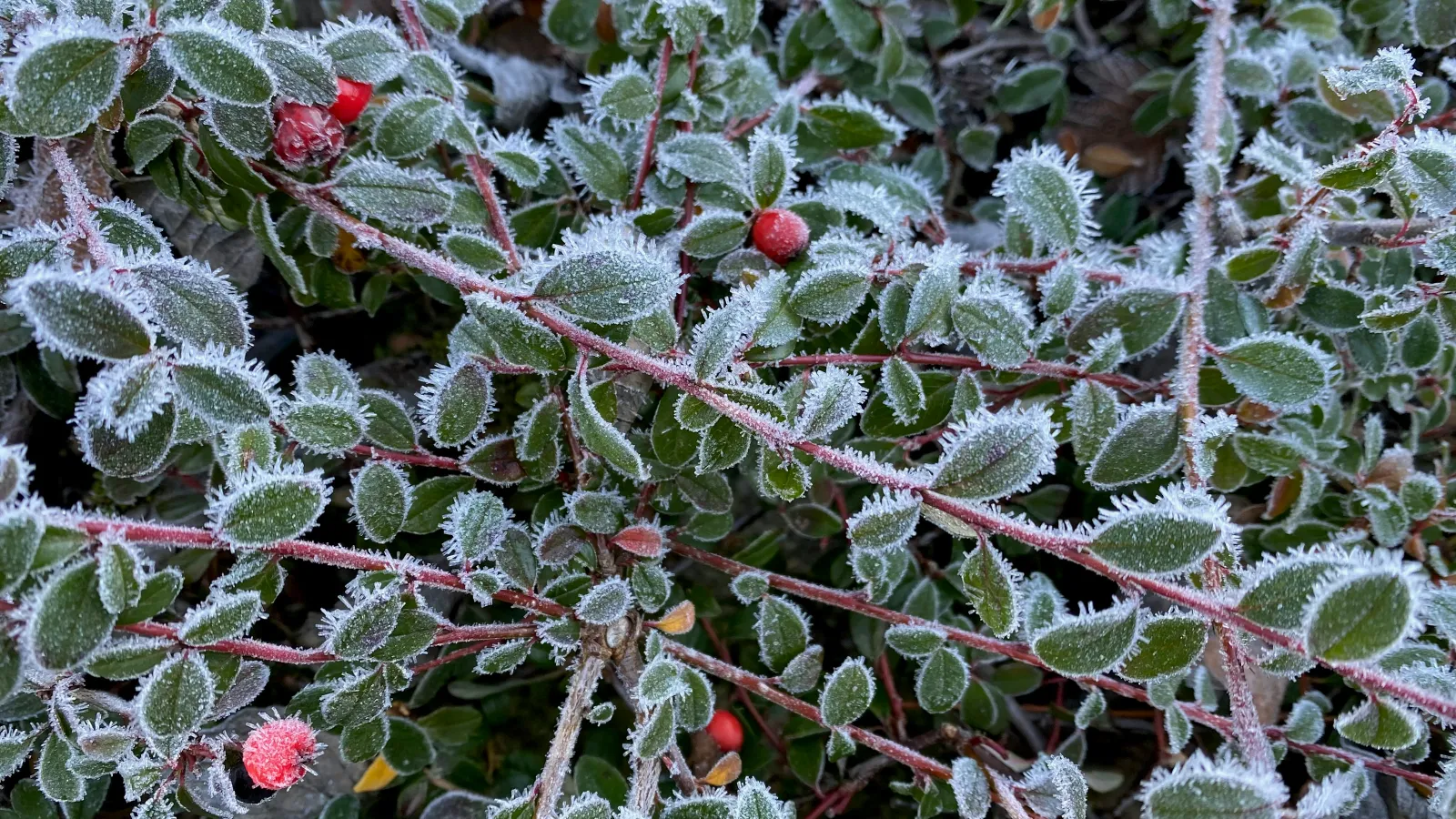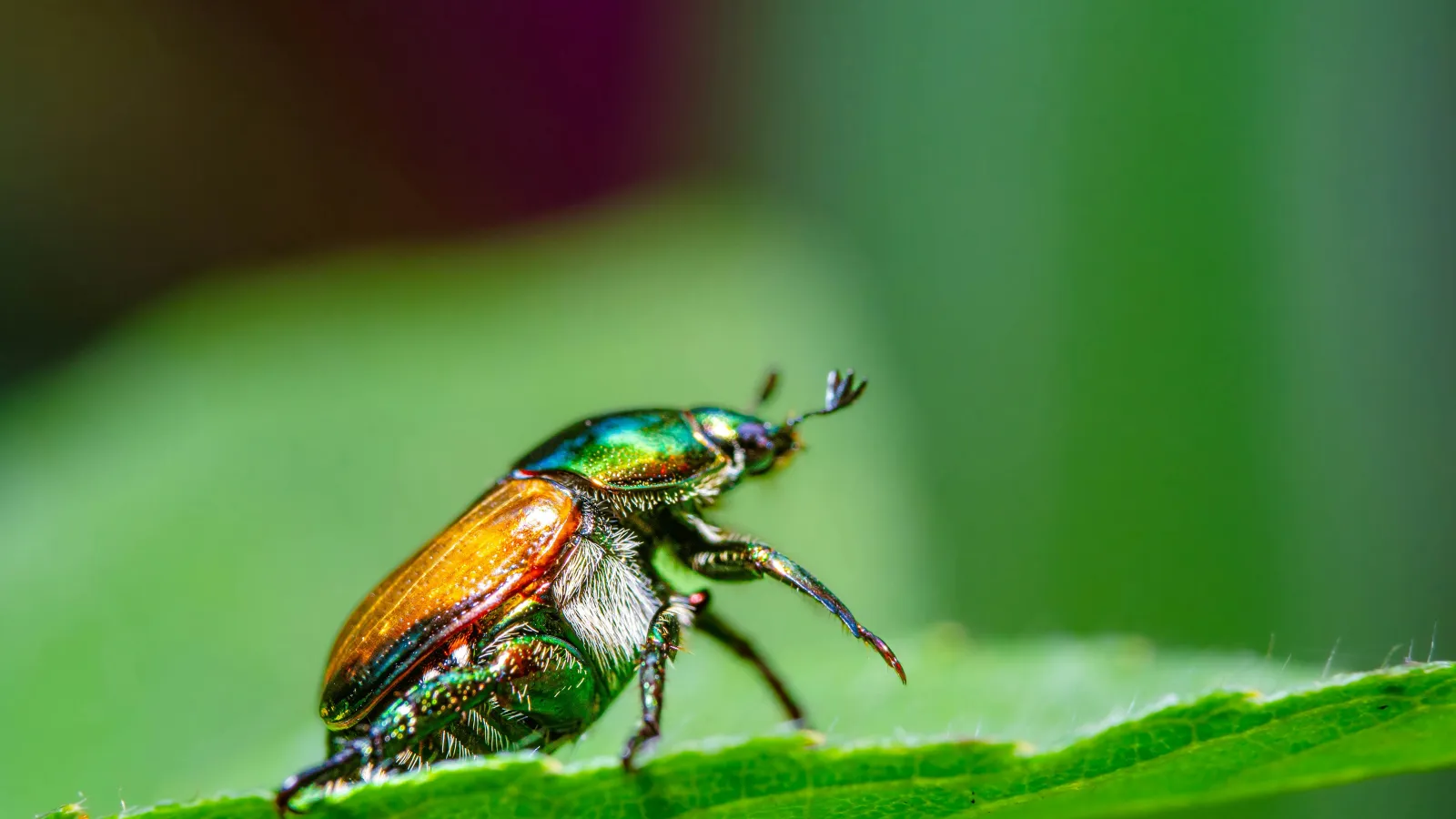
Winter Tree & Shrub Tips
You’ve probably heard, “Don’t neglect your shrubs in the winter.” But what does that mean for homeowners in the southeast? Although our winters are mild, the weather can still stress your shrubs. Our winter shrub tips and proper care in the winter will give them a better chance of thriving in the spring. While Mother Nature has her own plans, we have some recommendations–things you can do yourself–to reduce potential issues.
But before we jump into the care tips let’s talk about the shrubs in your landscape. Planting shrubs and other plants appropriate for your Plant Hardiness Zone is necessary for a healthy landscape. If you plant a shrub that is not designed for your local weather, it likely will struggle to survive.
Popular Shrubs
Landscapers and homeowners should select plants appropriate for our service area, zones 6-8. Shrubs that do well in our zones include:
- Japanese holly
- Dwarf English laurel
- Juniper
- Chinese Holly
- Azaleas
- Camellias
- Hydrangeas
- Viburnum
So when selecting shrubs for your landscape, consider your zone, so the plant has a better chance of thriving.
Protect
As the temperatures cool, here are a few things you can do to protect your plants.
- Apply about 2 inches of mulch, bark, or pine straw around the base of the plant. This creates a barrier between the cold temperatures and the plant roots.
- Remove any dead or diseased leaves.
- Cover the shrubs with burlap, blankets, or sheets to protect them from the cold, windy air. Sometimes a frame is needed to keep the weight of the cover from smashing the plant.
- Bring potted plants inside and out of the cold weather.
Prune
Pruning is a great method of preventative maintenance of plants. Did you know that you can remove up to 30% of the total limb structure of a plant during winter without hurting it? Pruning removes dead and dying branches, allowing room for new growth. Here are a few winter shrub tips on when to prune:
- Plants that typically flower during the summer can be pruned during the winter or before spring growth without affecting their flowering. (examples: rose, crape myrtle, nandina)
- Plants that flower before May should be pruned after they bloom. (examples: azalea, Bradford pear)
- Broadleaf evergreens and shrubs with dwarf growth habits require little or no pruning.
Like other products on the market today, pruning tools are available in a wide range of brand names, styles, and prices. Be sure to select the right tool for your plants.
Above are just a few tips on winter care for your shrubs that you can do as a homeowner. But some tasks like fertilizing and applying horticultural oils are best left to the professionals. Read on to learn how The Nice Guys can help keep your shrubs healthy with winter care.
Shrub Care
Proper and timely fertilizers are key to healthy, vibrant, well-producing shrubs. Fertilizing this time of year allows our slow-release, micro-nutrient fertilizer to reach the plant’s root system better and be more resistant to disease and drought. It helps plants produce bolder, brighter colors.
Our winter applications also include horticultural oils. Horticulture oils smother over-wintering insects and eggs, reducing populations and the likelihood of future infestations. Common pests controlled with horticultural oils include scale, aphids, whiteflies, mealybugs, thrips, and spider mites, to name a few.
It’s a team effort
Winter shrub care is essential for healthy plants, and as you can see, it’s a team effort. Proper care by you–the homeowner–coupled with care from a professional like Turf Masters, will set your plants up for success. For more information about our Tree & Shrub Care Program, contact us today. Don’t neglect your shrubs in the winter.

